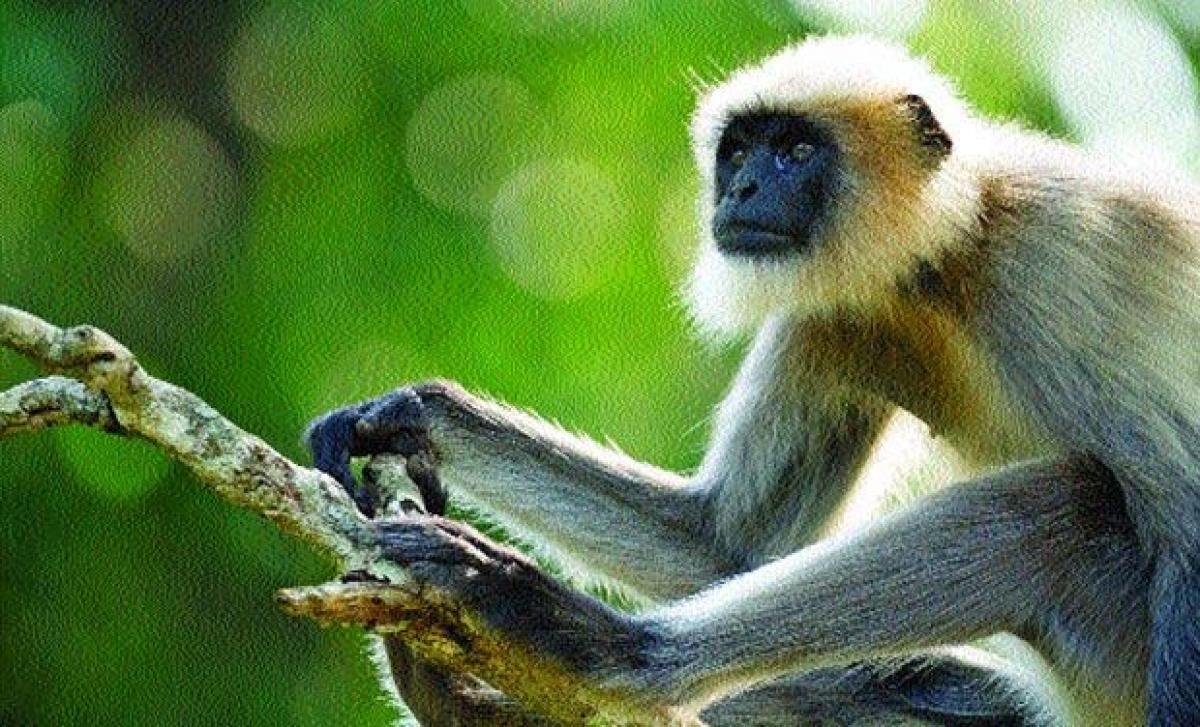Live
- Lebanese PM calls for pressure to halt Israeli ceasefire violations
- Last day of Bihar Assembly Winter Session likely to be stormy
- 20 killed after boat capsize in Cameroon
- Share market opens in green, media and pharma stocks shine
- Gold rates in Delhi today surges, check the rates on 29 November, 2024
- Gold rates in Hyderabad today surges, check the rates on 29 November, 2024
- Gold rates in Vijayawada today surges, check the rates on 29 November, 2024
- Gold rates in Visakhapatnam today surges, check the rates on 29 November, 2024
- Gated communities care two hoots about SEEEPC survey in Hyderabad
- Chandrababu to visit Anantapur for NTR Bharosa pension fistribution tomorrow
Just In

For nearly a century the carcass of a small, reddish-brown monkey from South America gathered dust in a windowless backroom of the American Natural History Museum in New York City. Like a morgue corpse in a drawer with the wrong toe tag, it was a victim of mistaken identity. No one realised during all those years that it was, in fact, a specimen of an unknown species.
For nearly a century the carcass of a small, reddish-brown monkey from South America gathered dust in a windowless backroom of the American Natural History Museum in New York City. Like a morgue corpse in a drawer with the wrong toe tag, it was a victim of mistaken identity. No one realised during all those years that it was, in fact, a specimen of an unknown species.
That taxonomical injustice will be rectified at the end of this month when the newly-minted Latin name of the overlooked monkey -- rediscovered in 2013 during a jungle expedition through central Peru mounted by a Dutch primatologist -- is officially published in a peer-reviewed scientific journal. To wit, Primate Conservation, a reference in the field.


© 2024 Hyderabad Media House Limited/The Hans India. All rights reserved. Powered by hocalwire.com







